Beyond Practice: The Strategic Advantage of Private Music Lessons
The Competitive Advantage Most Student MusiciansOverlook — and Why It Matters More Than Ever inCollegiate Music Admissions and Scholarships.
Read More
AccoladiFineArtsDirector.com is built for district fine arts leaders who oversee and shape the success of performing arts programs. Here, you'll find resources and tools to help you support your teachers, guide your students, and connect with collegiate recruiters who are eager to discover emerging talent.
While fine arts directors are at the center of this site, we also serve performing arts students and their families, collegiate and summer enrichment recruiters, and teachers. To ensure each group has the right fit, we've created dedicated websites:
Fine Arts Directors: this is your home base. Please continue your registration for your district/school here on AccoladiFineArtsDirector.com.
Everyone else: begin your journey at the site designed for your role.

The hidden costs no one warns you about—where passion bleeds out, bank accounts collapse, and performing arts dreams are buried long before graduation.
When that long-awaited college acceptance letter arrives, it’s a moment of pride and relief for both students and families. With tuition, fees, room, and board balanced by scholarships, financial aid, and savings, the financial plan may seem set. But for students pursuing performing arts degrees or participating in college ensembles, there are additional costs that everyone should be aware of.
Performing arts students face a variety of hidden expenses that go beyond tuition. Whether you're a student majoring in music, theater, dance, or actively participating in ensembles, understanding these costs will help you and your family plan more accurately.
At many conservatories and dedicated music schools, private lessons are included in tuition as part of the degree plan. However, at some liberal arts colleges or smaller universities, private lessons might come with additional "applied music" fees, especially if you are not a music major or minor. It's important to review the program catalog carefully.
Typical private lesson fees for non-majors or at schools where lessons aren't covered can range from $1,500 to $4,000 per year.
For vocalists (both Choral Music Education and Vocal Performance majors) and some instrumentalists like violinists and cellists, accompanist fees are a significant but often overlooked cost. Students are usually required to hire a professional accompanist for:
Rates can vary from $25 to $60 per session, and over a semester or year, costs can easily total between $300 and $1,000 or more.
Prestigious university choirs and orchestras often tour nationally and internationally. For example, summer tours to Europe are not uncommon and can cost anywhere from $3,000 to $6,000—with students responsible for their own travel, lodging, and meals. These tours are often considered an essential part of the college ensemble experience.
Music education majors are typically required to attend state and national conferences:
Attending these professional development events can cost between $500 and $2,000 per trip, covering registration fees, travel, hotels, and meals.
Instrumental and choral music education majors are often expected to attend and sometimes assist at weekend competitions:
These observation trips, necessary for practicum experience, usually require students to pay for their own gas, lodging, and food—an additional $300 to $1,500 per year.
Performance majors are expected to upgrade to professional-grade instruments:
Senior recitals are a capstone requirement for many performance degrees and come with their own set of costs:
Students should expect to spend $500 to $1,500 or more.
| Expense | Estimated Cost/Year |
|---|---|
| Private Lessons (if not included) | $1,500–$4,000 |
| Accompanists (lessons, juries, recitals) | $300–$1,000+ |
| Travel for Ensemble Tours (Europe, etc.) | $3,000–$6,000 |
| State/National Music Educators Conferences | $500–$2,000 per trip |
| Weekend Contest Observations | $300–$1,500+ annually |
| Professional-Grade Instrument Upgrades | $2,000–$10,000 |
| Senior Recital Costs | $500–$1,500 |
| Lesson Fees for Secondary Instruments | $200–$800 |
| Instrument Insurance | $100–$300 annually |
| Uniform/Dress Maintenance | $100–$300 annually |
For students passionate about performing arts and families supporting them, understanding the hidden costs beyond tuition is critical. These additional expenses—from professional-grade instruments to accompanist fees, travel, and competitions—can significantly impact the overall college budget.
But knowledge is power. By researching, asking the right questions, and planning carefully, students and families can make informed financial decisions that ensure the student’s passion and talent are fully supported without unexpected financial strain.
Pursuing a degree in the performing arts is not just an investment in education—it’s an investment in a student's growth, creativity, and future career. With foresight and preparation, both students and families can navigate the journey confidently, ensuring that the dream of studying the arts remains not just achievable, but sustainable.
Success on stage and in life is built on more than talent—it’s built on preparation, support, and smart planning. And when families and students work together, the curtain can rise on a college experience that is as enriching as it is affordable.
.png) ARTICLE GLOSSARY
ARTICLE GLOSSARY
Accompanist: A professional musician who plays piano (or another instrument) to support a soloist during lessons, performances, juries, and recitals.
Applied Music Fee: An extra cost charged by some colleges for private music lessons, especially if the lessons are not included in the tuition.
Capstone: A final project or performance that serves as a culmination of a student's academic and performance work in their major.
Conservatory: A specialized college dedicated to intensive training in the performing arts, often offering degrees in music, dance, or theater.
Dress Rehearsal: A full rehearsal for a performance where students practice in their full concert attire and with all elements (like lighting and sound) finalized.
Ensemble: A group of musicians, dancers, or actors who perform together, such as a choir, orchestra, or theater cast.
Jury: A performance exam where music students perform in front of faculty at the end of a semester to demonstrate their progress.
Marching Band Contest: A competitive event where school marching bands perform and are judged on their musical and visual performance.
Midwest Band and Orchestra Clinic: A large, prestigious music conference held annually in Chicago, attended by music educators and students for professional development.
NAfME (National Association for Music Education): A professional organization for music educators that offers resources, conferences, and networking opportunities.
Performance Attire: Formal clothing required for performances, often including tuxedos, black dresses, or uniforms.
Practica (or Practicum): Field experiences where students gain hands-on teaching or performance experience as part of their degree.
Professional-Grade Instrument: A high-quality instrument used by serious music students and professionals, typically more expensive and offering better sound and durability than beginner models.
Program Catalog: An official publication from a college or university listing degree requirements, courses, and fees for each academic program. This is a legal binding agreement of what the college will provide in order to offer the degree.
Recital: A public performance, usually by a soloist or small group, required as part of a performing arts degree.
Show Choir Competition: An event where show choirs (groups that sing and dance) perform choreographed routines and are judged.
Studio Instructor: The teacher assigned to a music student for individual lessons on their major instrument or voice.
TMEA, IMEA, GMEA (State Music Educators Associations): Organizations at the state level that support music education and host conferences and contests for students and teachers (e.g., Texas (TMEA), Illinois (IMEA), Georgia (GMEA)).
Tour: A trip where ensembles travel to perform at different locations, often including national or international destinations.
Uniform Maintenance: The cost and care involved in keeping performance attire clean, pressed, and in good condition for performances.
Objective: Introduce students to the concept of hidden costs associated with studying and participating in performing arts at the collegiate level, encouraging early awareness and fostering informed planning for their future music education journey.
Rationale: Many students dream of participating in college music programs without realizing the full financial commitment involved. Building early awareness empowers students to make thoughtful decisions and prepares them to have meaningful discussions with their families about pursuing music at a higher level.
Assignment: Hidden Costs of College Music Programs: What You Need to Know
Instructions:
Understanding the Costs of a College Music Education
| Criteria | Excellent (4) | Good (3) | Fair (2) | Needs Improvement (1) |
|---|---|---|---|---|
| Understanding of Cost | Clear, detailed explanation; well-researched and relevant | Good explanation with some detail and relevance | Basic explanation; limited details | Vague or inaccurate explanation |
| Impact on College Experience | Thoughtful analysis; clear connection to student life | Some analysis; mostly clear connection | Basic analysis; connection is weak | Little or no analysis |
| Tip for Future Students | Practical, creative, and realistic advice | Practical and realistic advice | Basic advice; may lack practicality | No clear advice given |
| Writing Quality | Well-organized, few or no errors | Organized; some minor errors | Somewhat disorganized; several errors | Disorganized; many errors |
| Presentation (Optional) | Clear, confident delivery; well-prepared | Clear delivery; somewhat prepared | Basic delivery; limited preparation | Unclear or unprepared |
Grading Scale:
| Points | Grade | Description |
|---|---|---|
| 16–20 | A | Excellent understanding and preparation |
| 11–15 | B | Good understanding and effort |
| 6–10 | C | Basic understanding, needs improvement |
| 0–5 | D/F | Incomplete or lacking effort |
Objective: To help students and their families understand the often-overlooked financial obligations associated with pursuing a performing arts degree in college and to encourage informed decision-making and financial preparedness for a successful transition into collegiate performing arts programs.
Teaching Moment Summary: While students often plan for the basic costs of college—tuition, fees, room, and board—those pursuing music, theater, or dance must also be aware of additional financial responsibilities. Costs such as private lessons, accompanists, travel for performances, professional conferences, and instrument upgrades can add significantly to the overall college bill. Understanding these hidden costs early empowers students to make informed decisions about their college and career paths and encourages families to plan appropriately.
Assignment: Uncovering the True Costs of a Performing Arts College Education
Instructions: Start by reading the article “The Hidden Cost of Performing Arts in College: What Students and Parents Need to Know” found on Accoladi.com
Submission Requirements:
Due Date: _______________________________________[Insert Due Date Here]
Evaluation Criteria:
Evaluating Financial Awareness for Performing Arts College Planning
| Category | Excellent (10 points) | Good (8 points) | Needs Improvement (6 points) | Incomplete (0–4 points) |
|---|---|---|---|---|
| Research Quality | Thorough research with 3 colleges; detailed hidden cost data for each; uses reliable sources. | Research includes 2–3 colleges; hidden cost data is mostly complete and reliable. | Limited research; 1–2 colleges; missing key cost information or unreliable sources. | Inadequate research or incomplete data; little or no effort shown. |
| Comparison Chart Accuracy | Clear, well-organized chart; accurate comparison of all required cost categories. | Organized chart; minor inaccuracies or missing 1–2 cost categories. | Some attempt at a chart; multiple missing or inaccurate cost comparisons. | No chart or completely inaccurate comparison. |
| Reflection Essay Depth | Insightful and thoughtful reflection; clearly addresses all guiding questions with depth and clarity. | Adequate reflection; addresses most guiding questions; some insights but could be more detailed. | Minimal reflection; misses guiding questions or lacks depth. | No reflection essay or very little effort shown. |
| Presentation and Mechanics | Professional appearance; free from grammatical and formatting errors; proper citations. | Minor grammatical or formatting errors; mostly proper citations. | Multiple errors in grammar, formatting, or citations. | Poor presentation; frequent errors; citations missing or incorrect. |
Grading Scale:
| Total Points | Letter Grade | Description |
|---|---|---|
| 36–40 | A (Excellent) | Outstanding research, thoughtful reflection, professional presentation. |
| 32–35 | B (Good) | Strong research and reflection; minor errors in detail or presentation. |
| 28–31 | C (Satisfactory) | Adequate effort; some missing elements or lack of depth in analysis. |
| 24–27 | D (Needs Improvement) | Limited research and reflection; significant gaps or inaccuracies. |
| Below 24 | F (Unsatisfactory) | Incomplete or unprofessional submission. |
As your child grows musically here in middle school, it’s exciting to imagine the opportunities that could await them in high school, college, and beyond. For many of our students, music is more than a class—it’s a passion that could turn into scholarships, college acceptances, and even careers.
That’s why it’s important to start looking ahead. I want to share a resource with you: now available at Accoladi.com. It’s a must-read if your child is dreaming of pursuing music, theater, or dance in college.
The article breaks down some of the “hidden” costs families often don’t see coming—things like:
Why talk about this now, when college seems so far away? Because a little preparation goes a long way! Here are a few ideas to start early:
Performing arts can open incredible doors for our students, but understanding the full picture is key. Let’s work together to make sure your child’s dreams are not only big—but also reachable.
Again, read the full article here: Accoladi.com
Musically Yours,
___________________________________________
Director’s Name and Position
___________________________________________
School Name
Dear Parents,
If your child is dreaming of continuing their music journey in college, first—congratulations! They’re aiming for a life filled with creativity, discipline, and passion. But as beautiful as the dream is, there’s a practical side that families often don’t hear about until it’s too late: the hidden costs that come with being a performing arts major or college ensemble member.
I encourage you to read the full article, “The Hidden Costs of Performing Arts in College: What Students and Parents Need to Know,” on Accoladi.com. It will open your eyes to what tuition alone doesn’t cover.
And here’s the good news: you can start preparing now, while they’re still in high school.
Let’s get creative:
College music dreams are built not just on talent, but on preparation—and that includes financial preparation. The more you do now, the smoother the transition will be when that acceptance letter arrives.
Let’s work together to help your child step confidently onto the college stage—ready in every way!
Warmly,
___________________________________________
Director’s Name and Position
___________________________________________
School Name
Start your college journey with confidence!
Browse our library of helpful articles and directories made just for performing arts students and their families. Whether you're choosing a school, planning campus visits, preparing for auditions, applying for scholarships, or getting ready to submit applications—this is your go-to place for everything college.

.png)
The Competitive Advantage Most Student MusiciansOverlook — and Why It Matters More Than Ever inCollegiate Music Admissions and Scholarships.
Read More
Explore how combining music with another field can open doors to exciting career opportunities.
Read More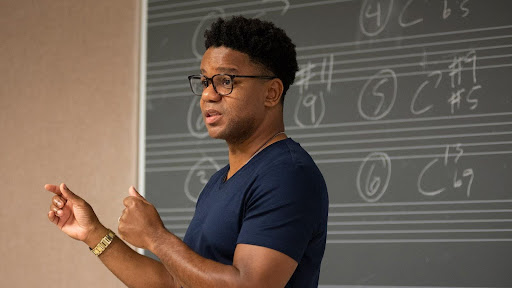
Get ahead in your music education journey with strategic dual enrollment opportunities.
Read More.jpg)
Discover proven strategies to build meaningful relationships with college music departments before you apply.
Read More.jpg)
From Baroque to modern, fast to lyrical—contrasting solos reveal a musician's full range in college auditions.
Read More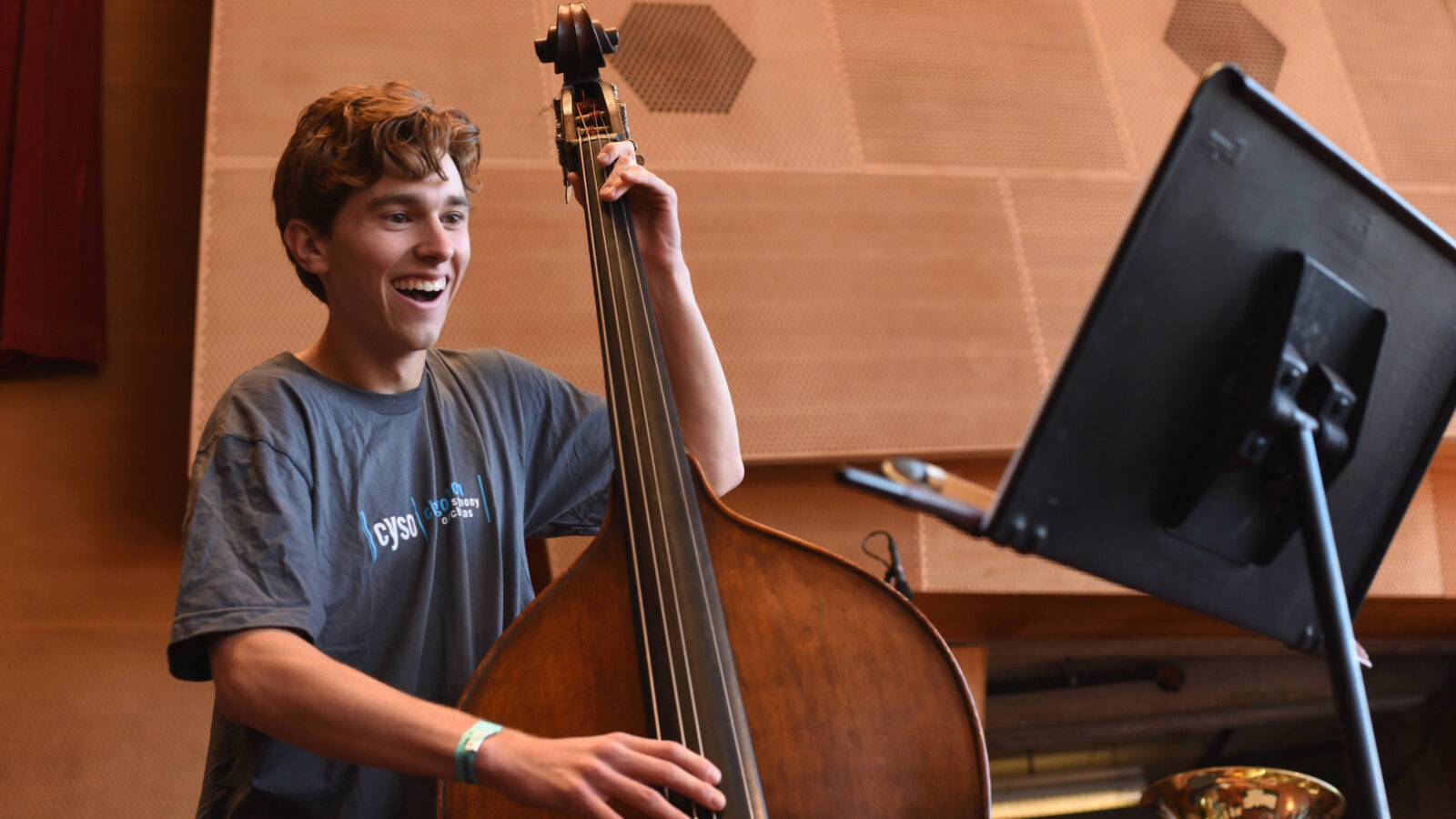
Discover why mastering just a few bars of music can make or break an audition and reveal your potential.
Read More.jpg)
Make a great first impression with proper college visit etiquette and smart questions.
Read More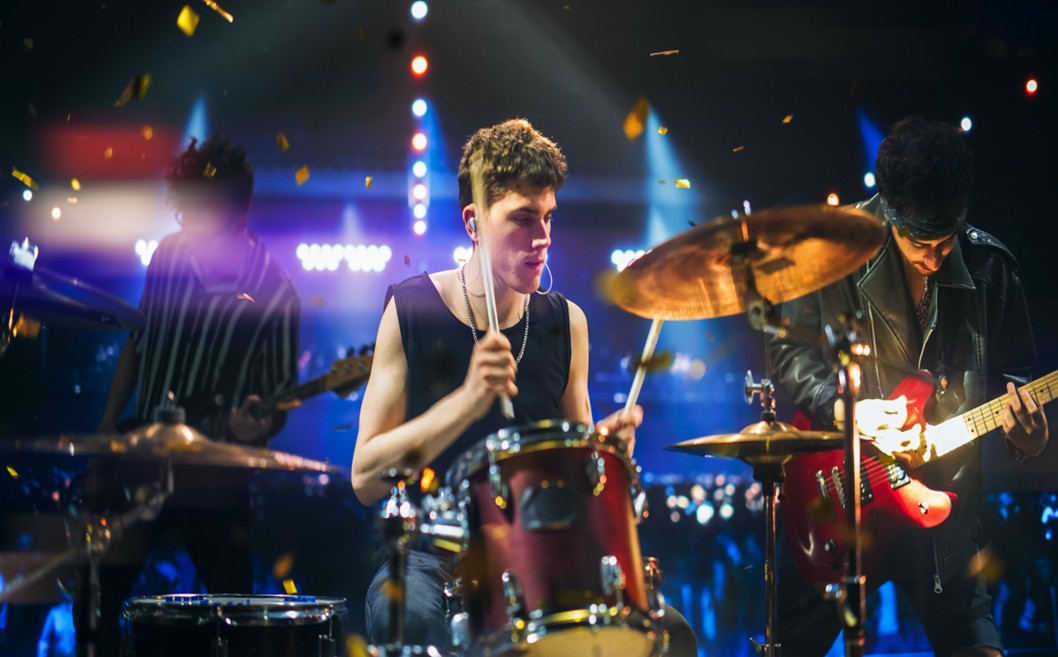
A comprehensive roadmap to navigate the music school application and audition process successfully.
Read More.png)
Sometimes the smallest gestures-like a simple thank-you -- open the biggest doors. Discover how one note of gratitude changed everything.
Read More
Discover how college fairs tailored for music students can open doors to top programs and help you make meaningful connections before you ever audition.
Read More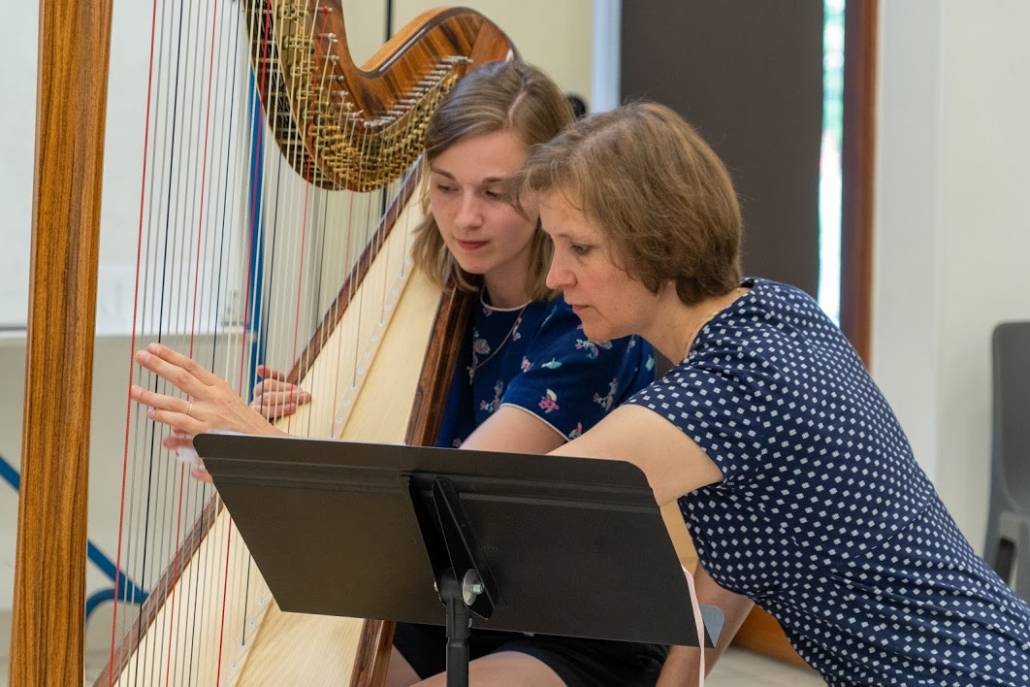
Private music lessons do more than sharpen skills — they unlock opportunity. Discover how one-on-one instruction builds confidence, hones performance, and opens doors to college auditions and scholarships.
Read More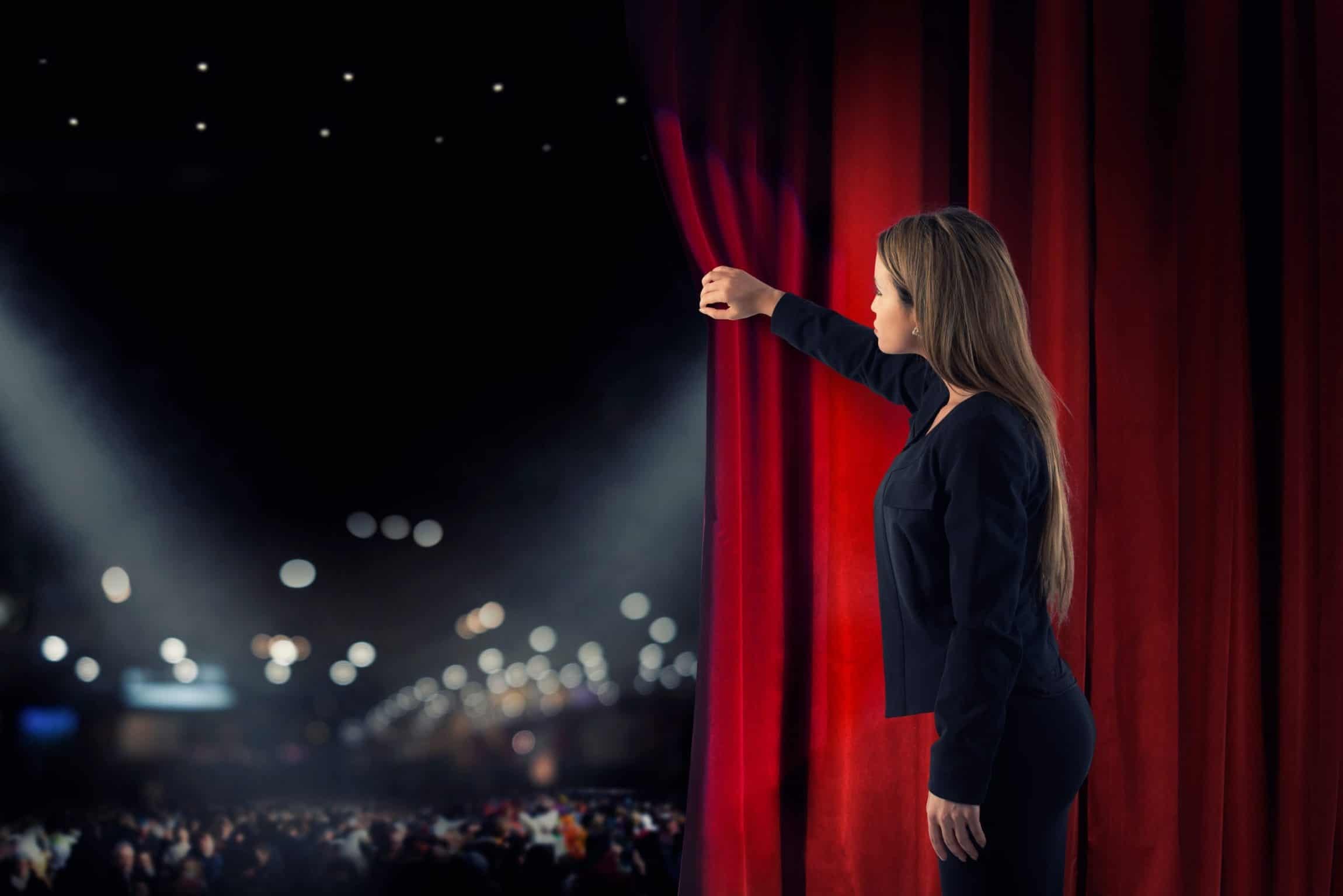
Packed with proven strategies, expert insights, and inspiring real-life stories, it empowers musicians to turn performance anxiety into confident, expressive auditions.
Read More
Discover how marching band can do more than make music—it can open doors to scholarships, leadership roles, and life-changing opportunities.
Read More.jpg)
Where nerves meet opportunity, growth begins. Discover how one powerful experience can elevate your student’s talent—and their college application.
Read More.png)
Professors don't just admit talent—they choose students they won't mind teaching every Tuesday morning before coffee, touring Europe with next spring, and introducing to their colleagues without bracing themselves first.
Read More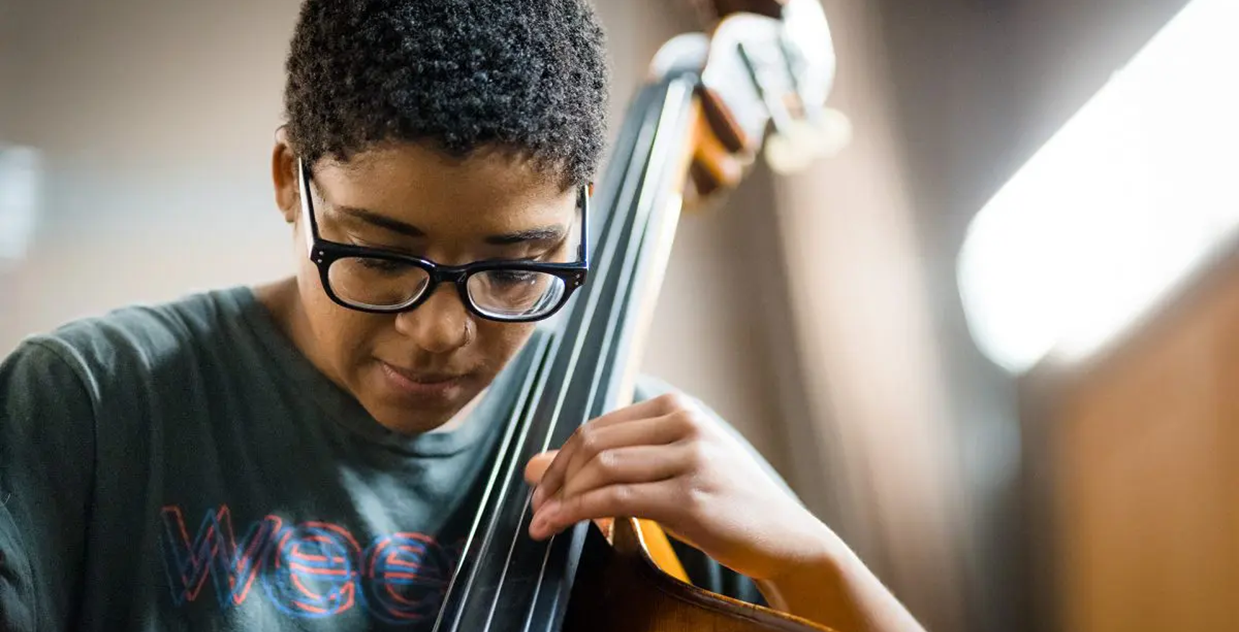
Think a music degree is out of reach because of cost? Think again. Whether you're aiming for college scholarships or exploring grants from arts organizations, this guide helps you uncover the many ways to fund your passion — and shows why applying early and often is the key to making your musical dreams a reality.
Read More
From nerves to notes, this guide helps student musicians face audition day with clarity, confidence, and control.
Read More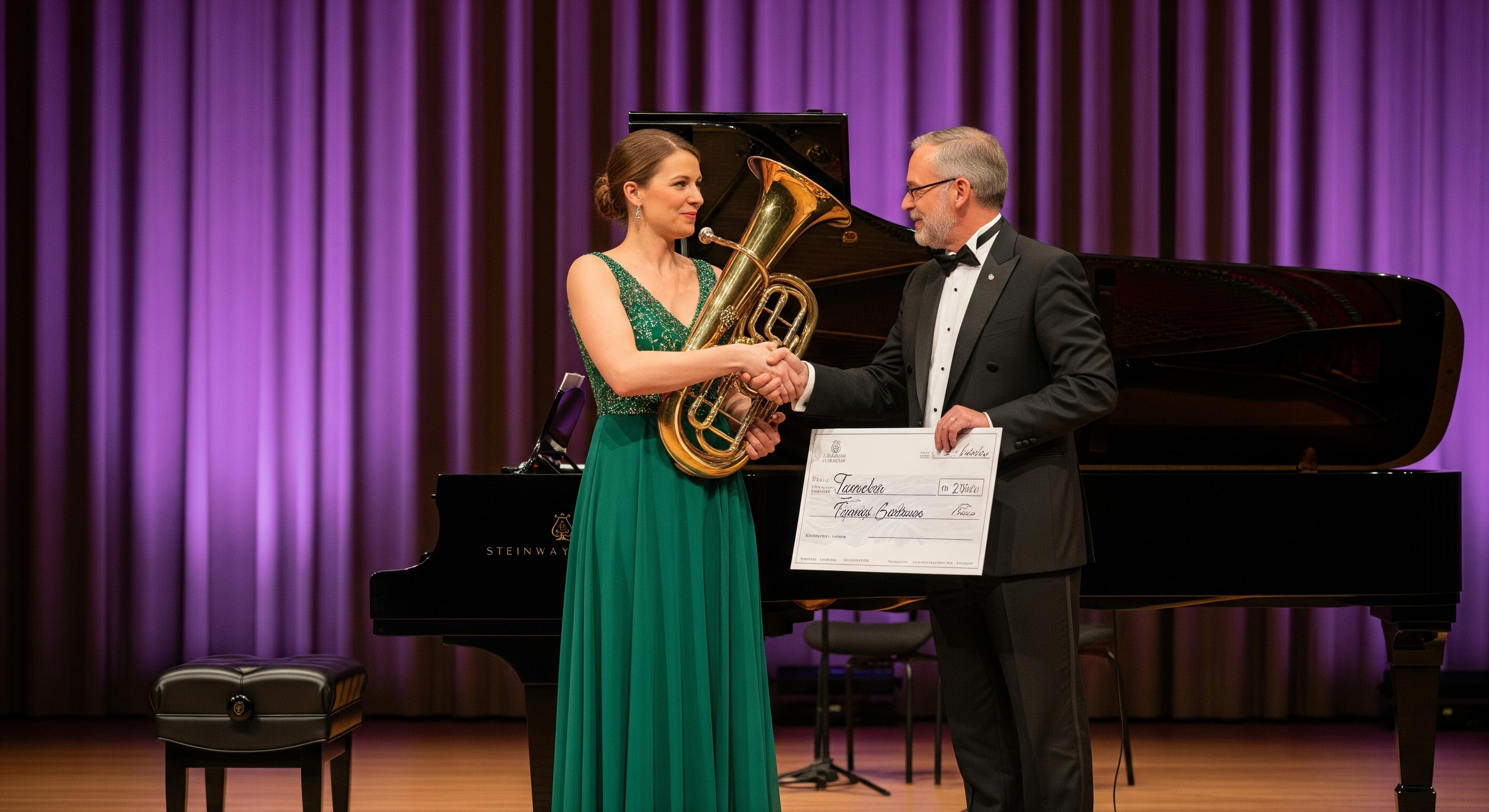
Shedding light on the financial freedom performing arts students deserve—and the billions in performing arts scholarships many never knew existed
Read More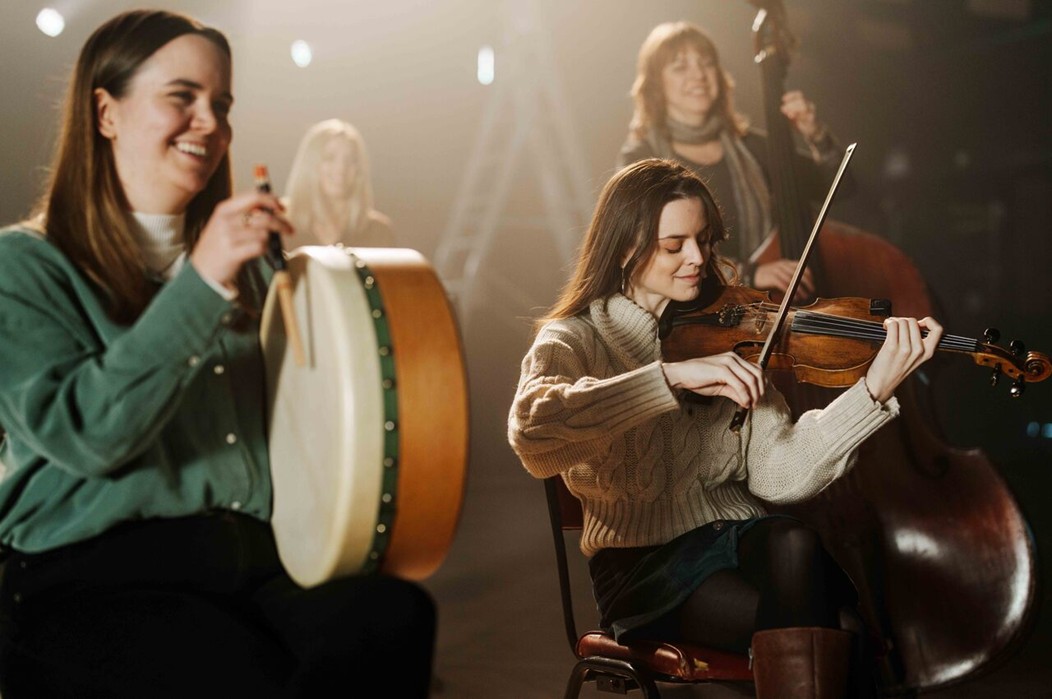
Talent is just the beginning. Learn how the right moves today—owning your child's UTL name, building their brand, and shaping their story—can set your young performing artist on a path to lasting stardom.
Read More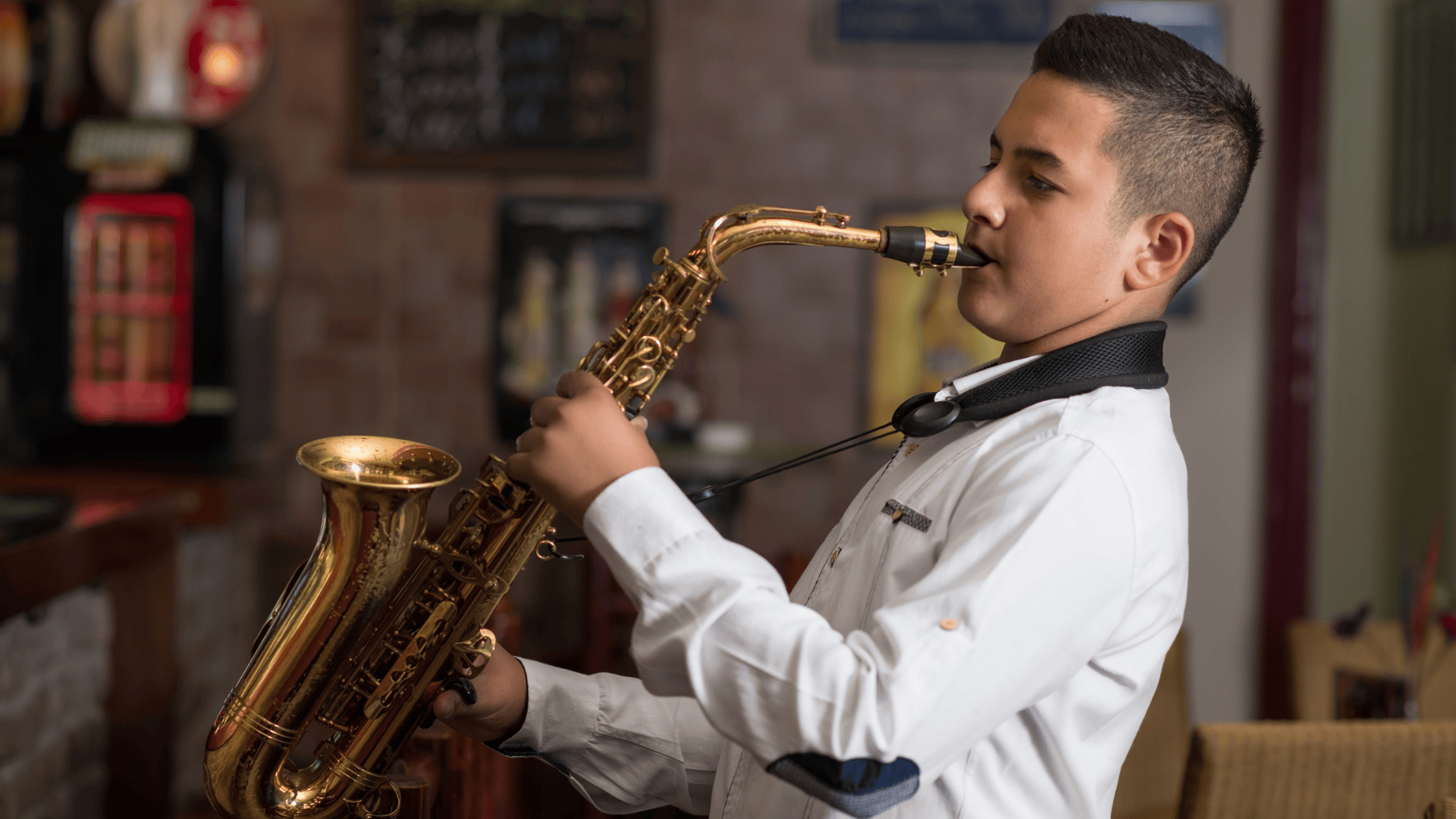
From first solo to final audition—how a carefully curated repertoire list becomes a student’s personal record of growth, readiness, and artistic identity.
Read More
Don't let travel troubles ruin your big audition! This guide has everything you need to ensure you and your instrument arrive.
Read More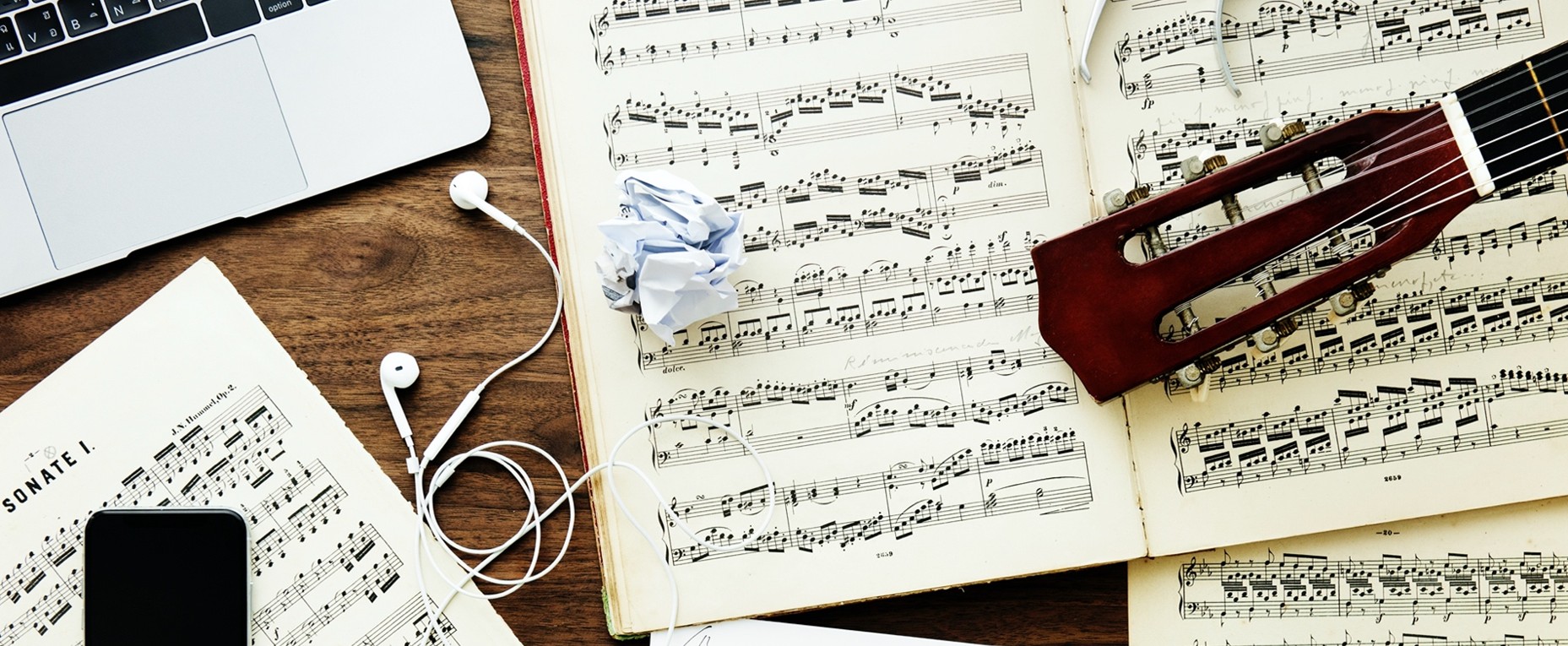
Discover how decoding a composition’s name can elevate your performance, impress adjudicators, and help you stand out from the competition.
Read More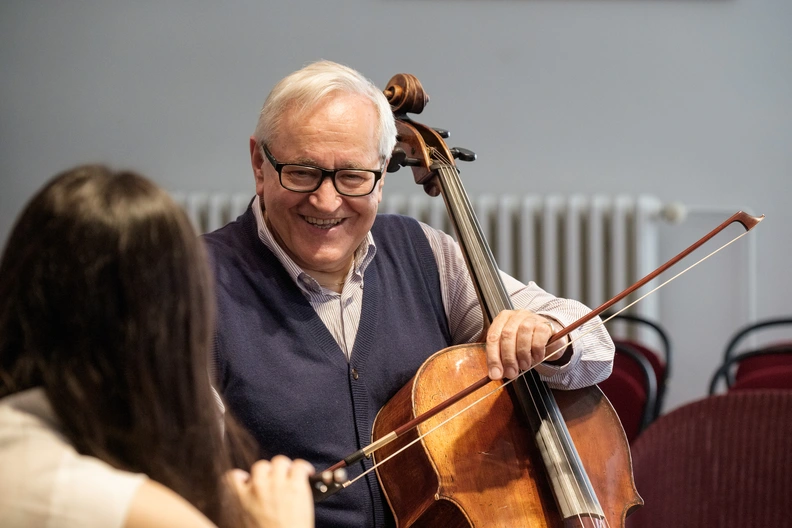
How one meaningful connection with a music teacher can open doors to college, scholarships, and a lifelong mentorship — starting now.
Read More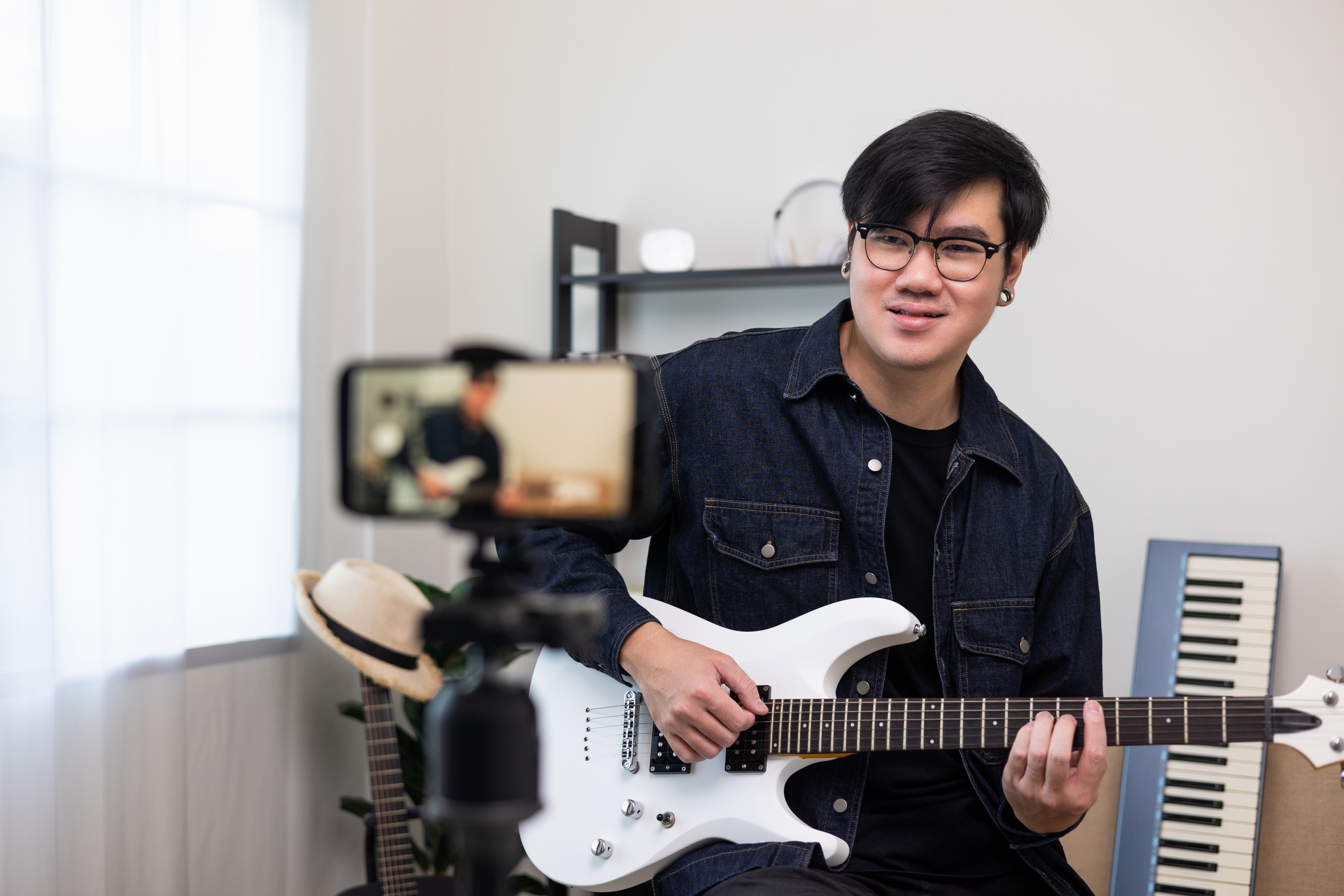
You don’t need fancy gear to capture talent — just these smart, affordable tips that could turn an audition video into a scholarship-winning performance.
Read More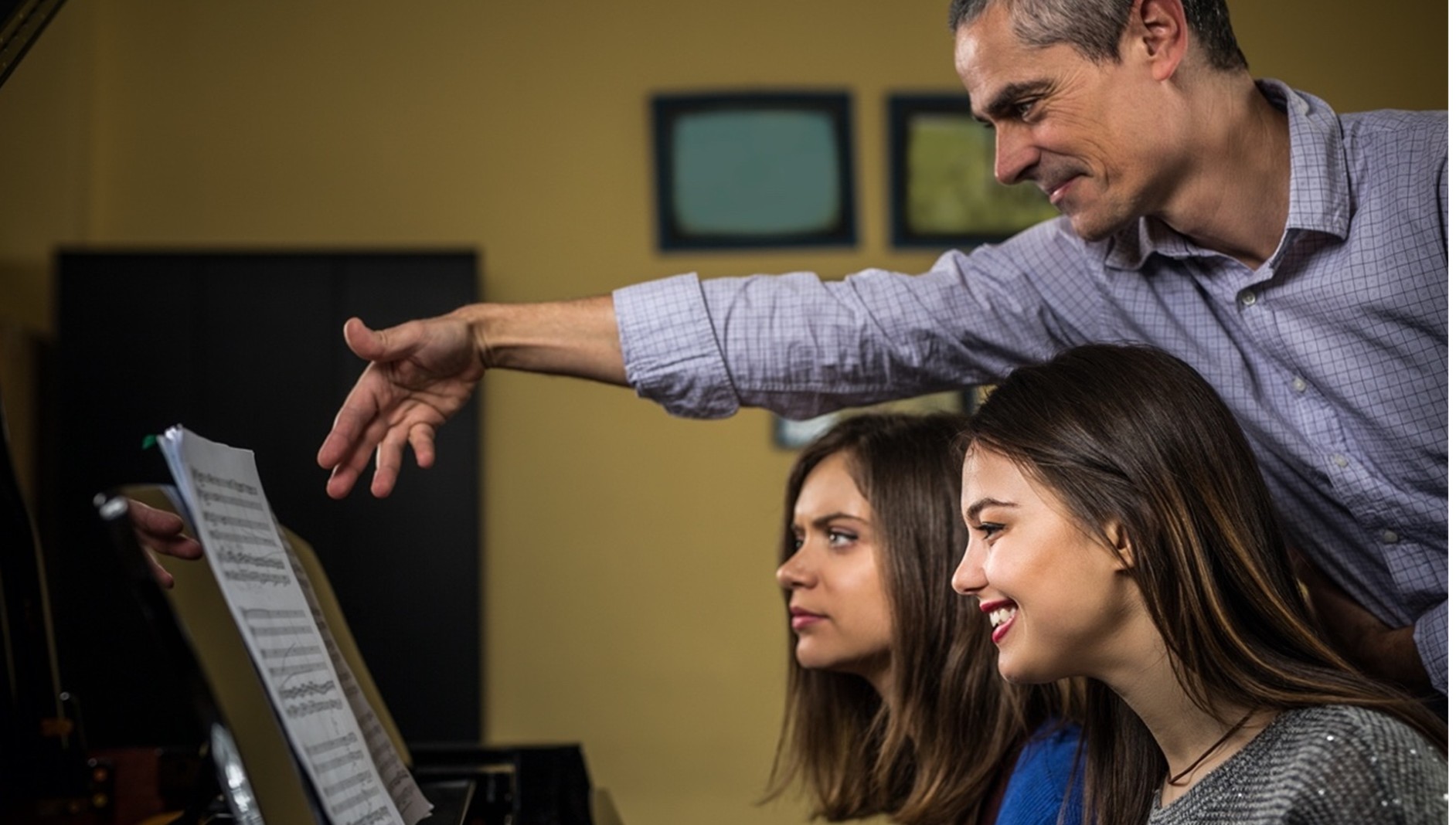
Discover why a liberal arts education isn’t just about academics—it’s a powerful launchpad for aspiring musicians to thrive in every stage of their careers.
Read More.jpg)
Choosing the right music degree isn't just about a major -- it's about mapping the future of your artistry. Discover the key differences between BM, BA, BFA, and BS programs and find your perfect path.
Read More
From educators, performers, and industry insiders who got tired of hearing “music isn’t a real career” and decided to answer with Broadway box-office receipts, royalty checks, and Grammy paydays.
Read More
Where Purpose Meets Performance: How Service Can Help Pay for Your Music Degree.
Read More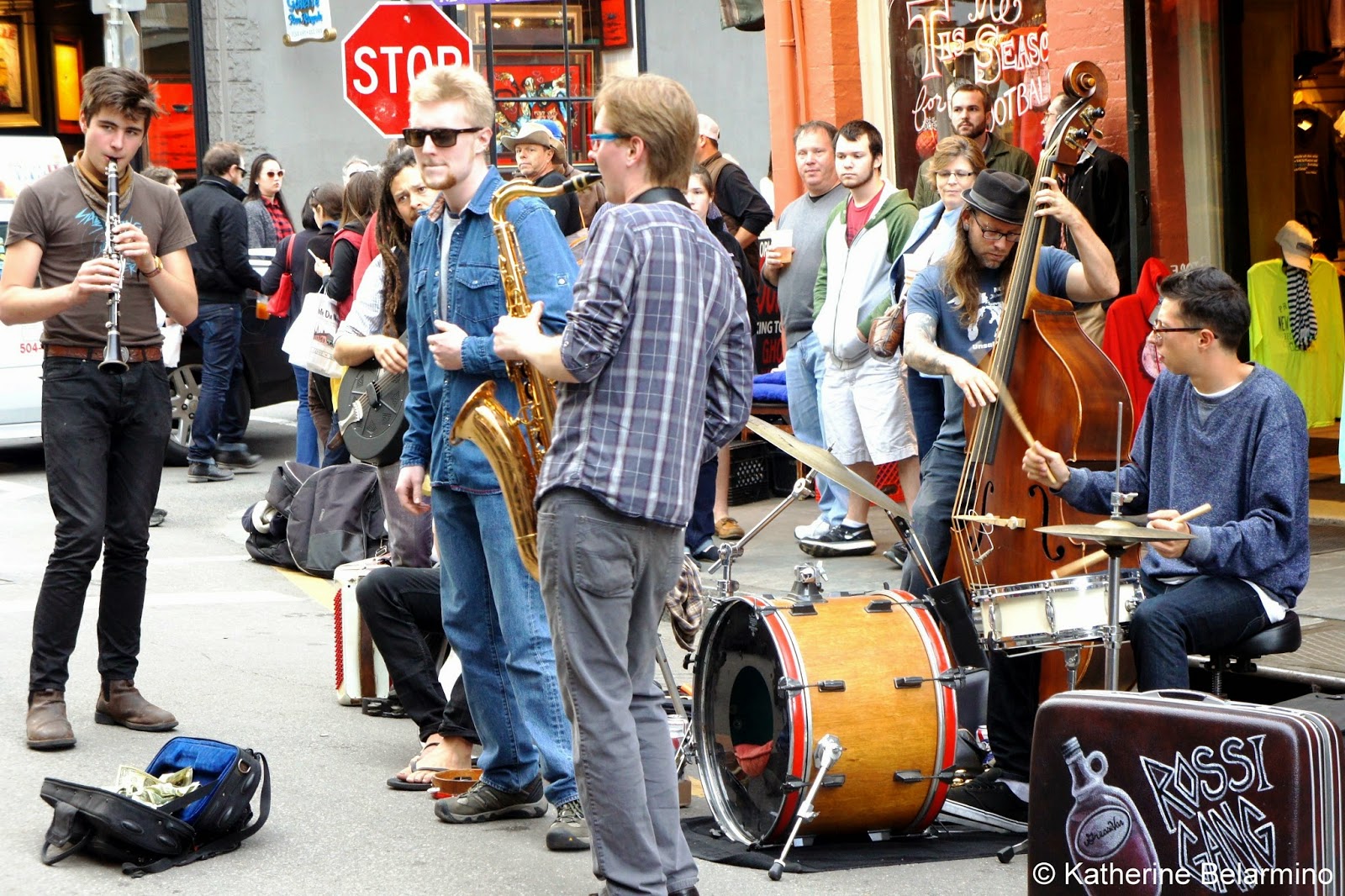
For those navigating the leap from talent to training and tuning both heart and mind to what’s next—this is your guide to finding the path that fits, connects, and inspires.
Read More.jpg)
A month-by-month roadmap designed to help aspiring music majors confidently prepare for college auditions—one scale, solo, and strategy at a time.
Read More.jpg)
Beyond the Name: Finding the Place That Helps You Find Your
Read More.jpg)
Discover the real perks, the hidden costs, and how to tell if coaching is the right
Read More.jpg)
Mastering college applications means mastering deadlines. Success hinges on precision, preparation, and unwavering commitment to each institution’s unique demands.
Read More.jpg)
Because affording your dream school shouldn't be a dream.
Read More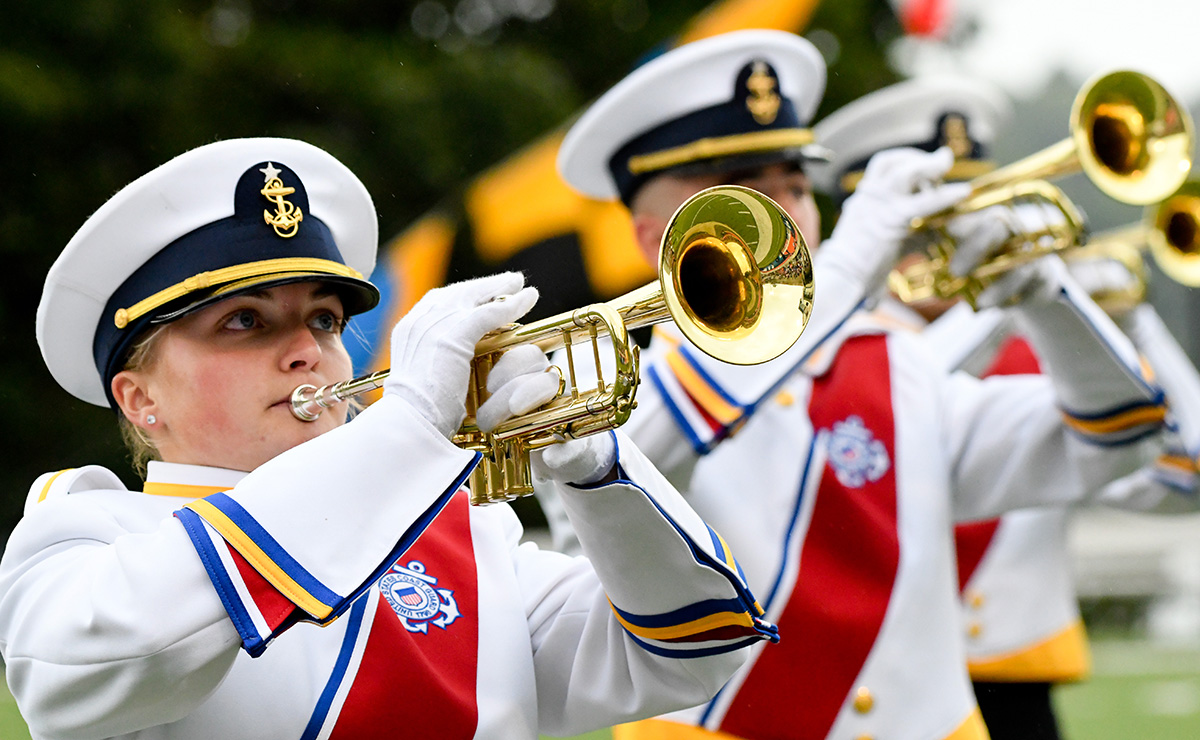
Where passion meets purpose — discover how talented musicians turn their love for music into a professional career serving their country.
Read More.png)
The music industry fuels the U.S. economy, driving schools to recruit creative, business-savvy students. Scholarships now target songwriters.
Read More.png)
How young artists can launch their careers and travel the world — without a college degree.
Read More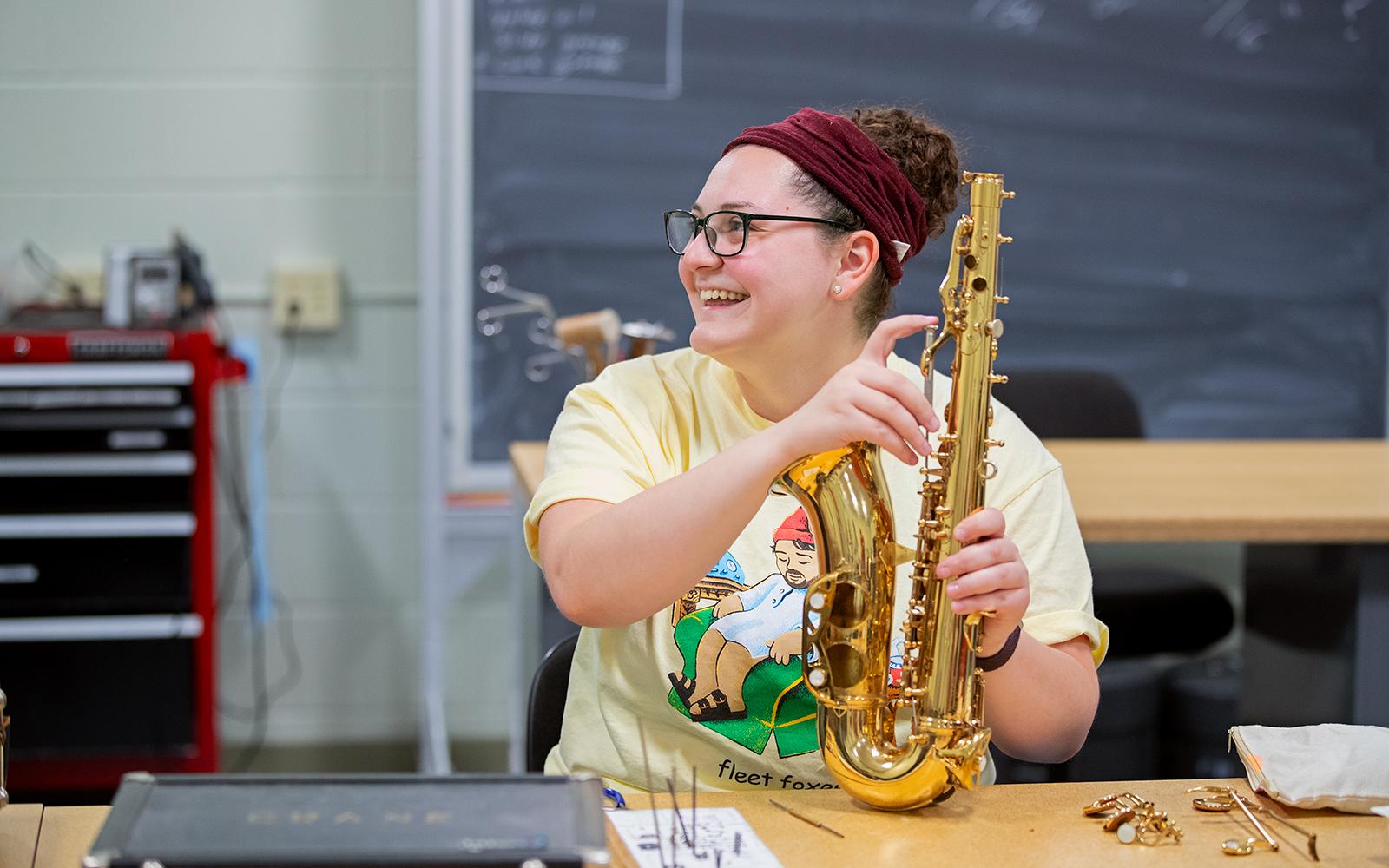
Because your talent deserves more than applause, it deserves a paycheck.
Read More
It’s not about impressing—it's about expressing.
Read MoreThe Accoladi Research Team is constantly tracking trends in performing arts collegiate recruiting, documenting scholarship procurement processes, and uncovering new resources for students and families. From the latest audition requirements to insider tips on securing funding, we’re always expanding our library— so, you can make informed choices with confidence.
